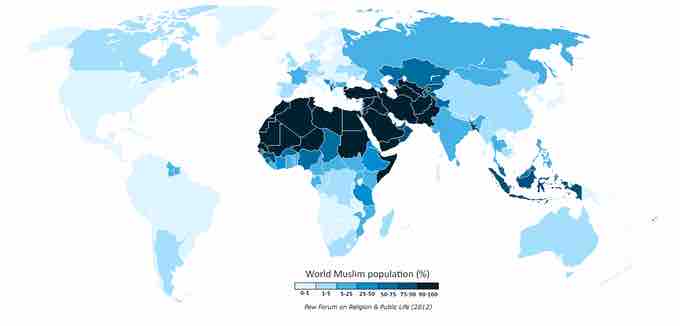It is common for many societies to be dominated by a single widespread belief. For example, Christianity is the largest and most popular religion in the United States, with around 77% of those polled identifying themselves as Christian as of 2009. Protestant denominations accounted for 51.3%, while Roman Catholicism, at 23.9%, was the largest individual denomination. One study categorizes white evangelicals, 26.3% of the population, as the country's largest religious cohort, while another study estimates evangelicals of all races at 30–35%. Christianity was introduced to the Americas in the 16th and 17th centuries by European colonization.
Today, most Christian denominations in the United States are divided into three large groups: Evangelicalism, Mainline Protestantism and Roman Catholicism. Christian denominations that do not fall within either of these groups are mostly associated with ethnic minorities, i.e. the various denominations of Eastern Orthodoxy. Evangelicalism is a Protestant Christian movement. In typical usage, the term mainline is contrasted with evangelical. Most adherents consider its key characteristics to be:
- a belief in the need for personal conversion (or being "born again")
- some expression of the gospel
- a high regard for Biblical authority
- an emphasis on the death and resurrection of Jesus.
Other parts of the world have different widespread beliefs. Islam, for example, dominates the Middle East, with Pakistan, Bangladesh, Iran, Turkey, Egypt, Algeria, Morocco, Iraq, Sudan, Afghanistan, Uzbekistan, Saudi Arabia, Yemen, Syria, and Niger having 90% or more of their population identifying as Muslim. Islam is also the state religion in areas of Asia, the Middle East and North Africa .

Worldwide Muslim Population
As the map shows, certain regions are dominated by widespread beliefs.

Christian Flag at Covenant Presbyterian Church
The Christian flag displayed with the flag of the USA; note the finials on the flag poles. This is next to the pulpit and baptismal font in Covenant Presbyterian Church, Long Beach, California, USA;